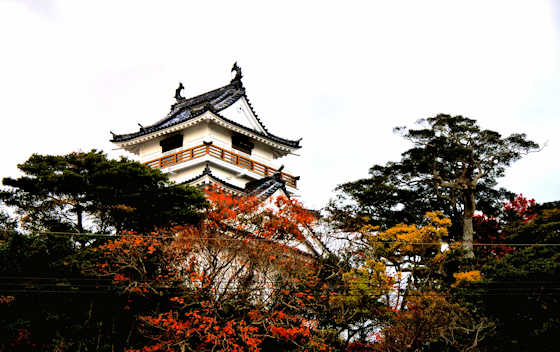Early on my second day walking the Saigoku Pilgrimage I left the Jizo Jaya Teahouse area and followed the stone path through the forest.
Over one pass, then a short downhill then a short uphill to Echizen Toge Pass. From here it is about a 4k downhill walk to the river about 800 meters lower in altitude. Most people climb up as part of the Nakahechi route of the Kumano Kodo, but I was walking the Saigoku Pilgrimage which follows the same route but in the opposite direction. It is said that the climb up to Echizen Toge is the toughest part of the route.
Yesterday I had passed only one soul walking the trail in the opposite direction to me. Today I past several largish groups of chattery people on their way up. They must hve started pretty early and were obviously planning to get to Nachi before the day was too old.
There were, of course, plenty of statues along the wayside. At the river, I started back up as I had another climb and descent before I reached my destination for the day, Hongu.





























































